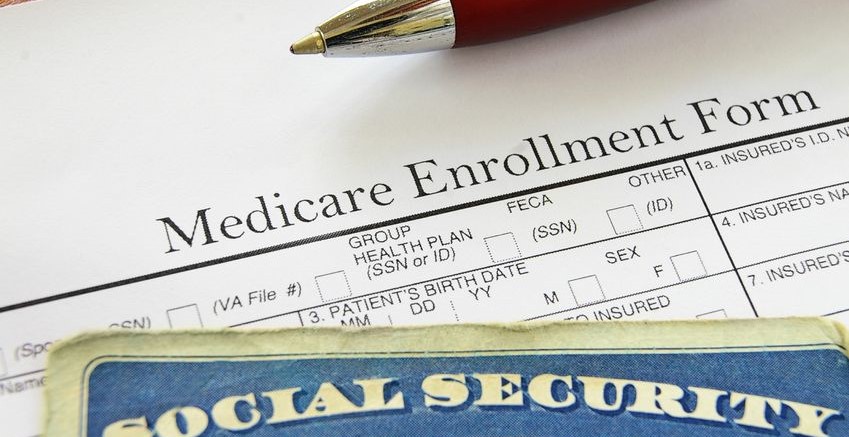I recently interviewed Alicia Heazlitt — the Director of Corporate Development & Innovation for Signature Healthcare out of Louisville, Kentucky — regarding their just launched captive Medicare Advantage HMO for Signature Nursing Home residents in Kentucky.
By Steve Moran
One of the craziest realities of the senior living/post-acute world is that senior living communities know way more about the residents they serve than any other element of the healthcare system. They have intimate touches with residents for multiple hours each day. They know when they are having a good day or a bad day. They know what makes them feel better and what makes them feel worse.
And yet . . .
They are — maybe this is too harsh, but maybe not — often considered the pond scum of the healthcare system. In reality, they are singularly in the best position to provide care management services to the elders they serve, something that would provide huge benefits to the elders and reduce costs.
Maybe Signature Healthcare will lead the way in changing this paradigm.
While at Mary Furlong’s Boomer Venture Summit in Silicon Valley, I recently interviewed Alicia Heazlitt — the Director of Corporate Development & Innovation for Signature Healthcare out of Louisville, Kentucky — regarding their just launched captive Medicare Advantage HMO for Signature Nursing Home residents in Kentucky. You can watch the entire interview at the bottom.
The Nuts and Bolts
-
Signature Healthcare operates about 140 skilled nursing facilities in 10 states.
-
They were approached by a partner about creating the first provider-sponsored Institutional Special Needs Plan (ISNP) in the state of Kentucky.
-
The plan, called Signature Advantage, is a fully licensed Medicare Advantage HMO meeting the requirements of any other Medicare Advantage Program. These plans are fairly rare with only about 60 across the country.
-
As an ISNP it has some unique provisions:
-
The plan is only available to individuals who are receiving or need institutional care for at least 90 days.
-
Once a resident moves from long-term care they will automatically be dis-enrolled from the plan and re-enrolled back into Medicare or a more traditional Medicare Advantage Program.
-
The plan mostly serves dual eligible residents, meaning they receive both Medicare and Medicaid.
-
Right now the plan is operating in 9 facilities and serving about 150 lives. This represents about 20% of the eligible long term care residents. They expect the percentage to go to around 60%.
-
Residents are not . . . cannot be required to use this plan.
-
Most of the residents who are currently on the plan have been living in a Signature Facility for 2-5 years.
-
They believe they will ultimately need around 250-300 enrollees to make the plan profitable.
What’s the Point – Residents and Families
My first big question was why residents and their families would want to move from one healthcare plan that is presumably working okay to Signature Advantage. Alicia explained that under the traditional Medicare/Medicaid Plan these residents whose condition is mostly stable receive monthly physician services that are done mostly to satisfy regulatory requirements. The reality is that these visits are pretty perfunctory and don’t do much to optimize the resident’s quality of life.
By shifting to Signature Advantage, the Signature facilities, who know the residents needs best can now actively manage the services they are receiving. This means better physician services and better overall care, which will lead to a higher quality of life. It is too early yet to say but it could very well result in increased longevity.
What’s the Point – Signature
The big bottom line for Signature is that allows them to better control their own destiny and to better do the job they are trying to do, which is provide high quality care for residents. They believe they will be able to better manage costs and, ultimately, make a profit while providing a better level of care.





